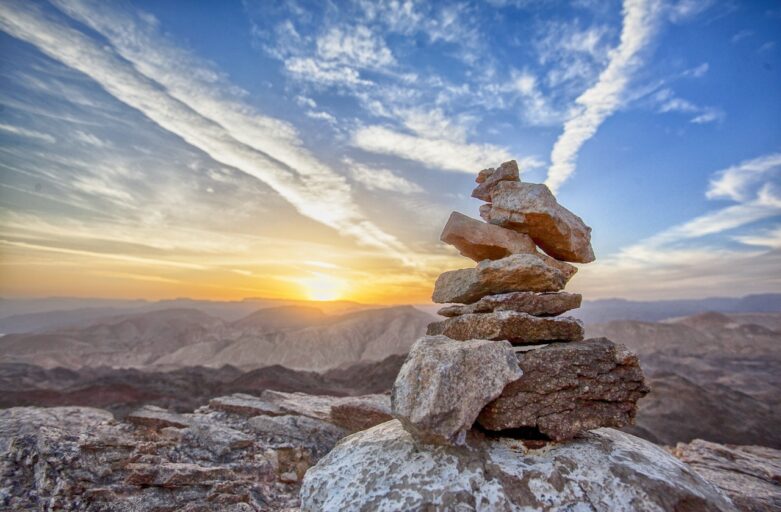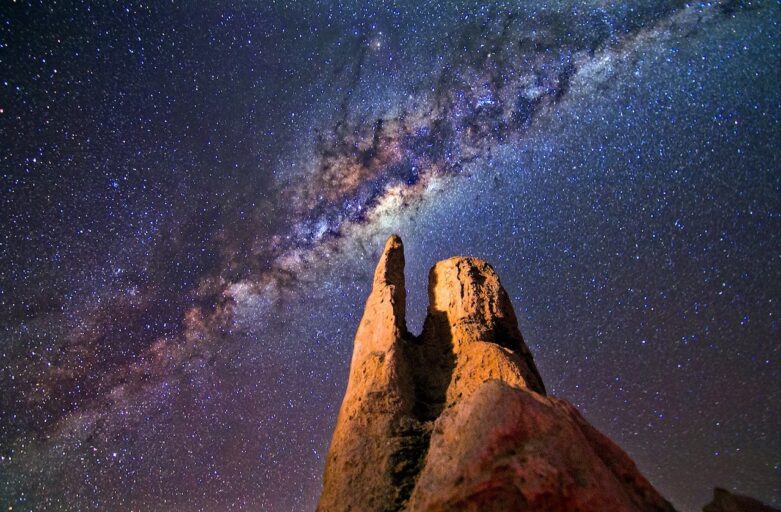Geoscience plays a crucial role in the exploration, extraction, and sustainable management of Earth’s mineral resources. In this blog, we will delve into the realm of geoscience and its connection to mineral resources, highlighting the significance of this field in supporting economic development and technological advancements.
Ore Formation
Geoscience investigates the processes that lead to the formation of mineral deposits. Geoscientists study the geological conditions, such as tectonic activity, magmatic processes, and hydrothermal systems, that give rise to valuable mineral resources. Understanding the factors that contribute to ore formation helps identify potential mineral-rich areas for exploration.
Mineral Exploration
Geoscientists employ a range of techniques and methodologies to locate mineral deposits. These include remote sensing, geochemical sampling, geophysical surveys, and drilling. By integrating multiple data sets and geological models, geoscientists identify prospective areas for mineral exploration, reducing the uncertainty and cost associated with the process.
Sustainable Extraction
Geoscience plays a crucial role in promoting responsible and sustainable mining practices. Geoscientists assess the environmental impact of mining operations, develop strategies for waste management, and implement measures to minimize ecosystem disturbance and protect biodiversity. Additionally, geoscience contributes to the optimization of extraction techniques, ensuring the efficient use of resources while minimizing environmental footprint.
Resource Evaluation
Geoscientists conduct resource evaluations to estimate the quantity, quality, and economic viability of mineral deposits. Through geological mapping, geochemical analysis, and resource modeling, they provide critical information for decision-making processes related to mining investments and resource planning.
Critical Minerals and Technology
Geoscience plays a vital role in identifying and securing critical minerals, which are essential for various technological advancements. Geoscientists work to understand the geology and geochemistry of these minerals, assess their global distribution, and develop strategies to ensure their sustainable supply. Critical minerals, such as lithium, cobalt, and rare earth elements, are crucial components in renewable energy technologies, electronics, and advanced materials.
Geoscience’s involvement in the exploration and management of mineral resources is vital for economic development, technological innovation, and the transition towards a more sustainable future. By applying scientific principles and employing responsible practices, geoscientists contribute to the responsible utilization of mineral resources while minimizing environmental impacts and supporting long-term sustainability.




